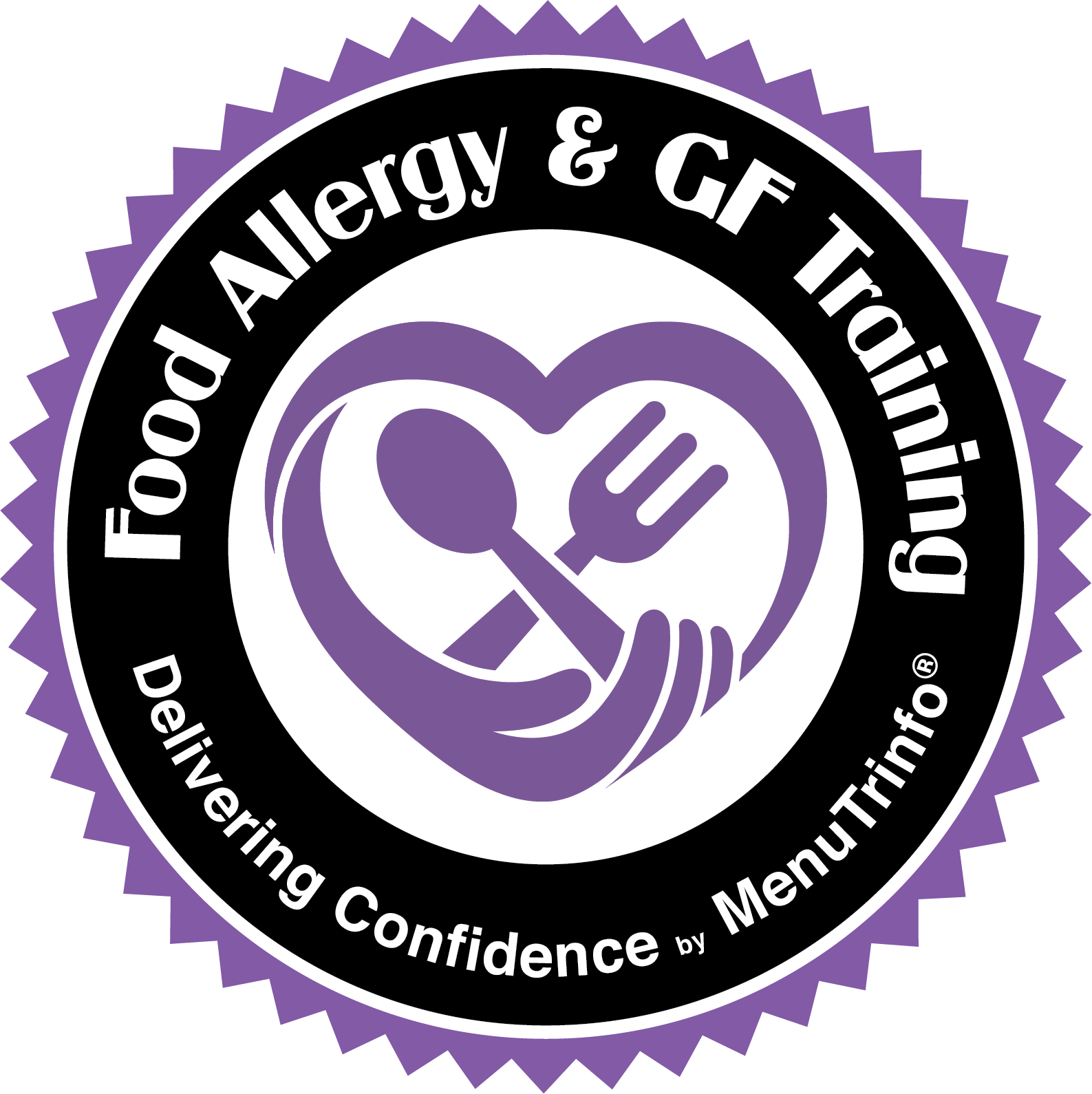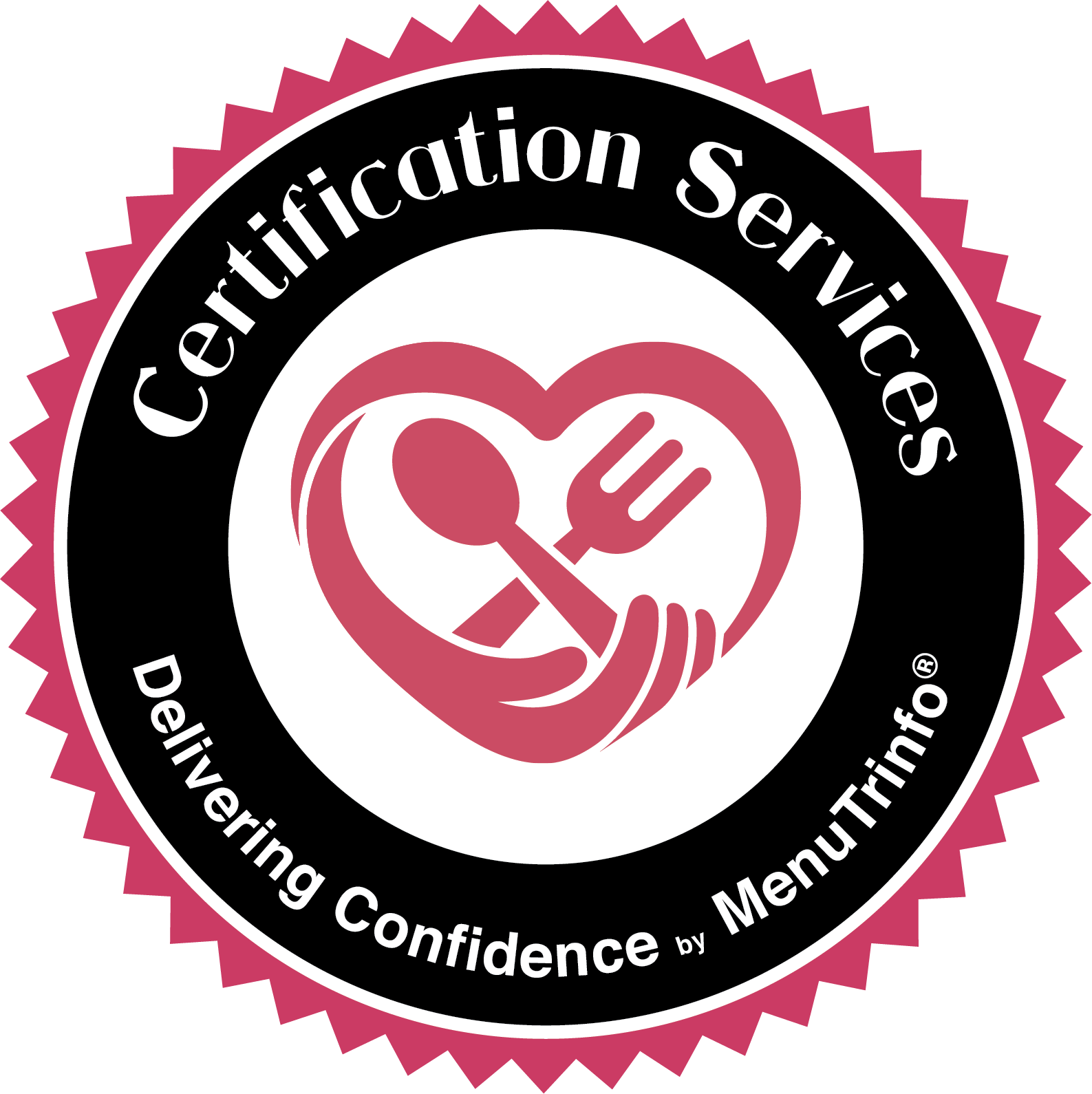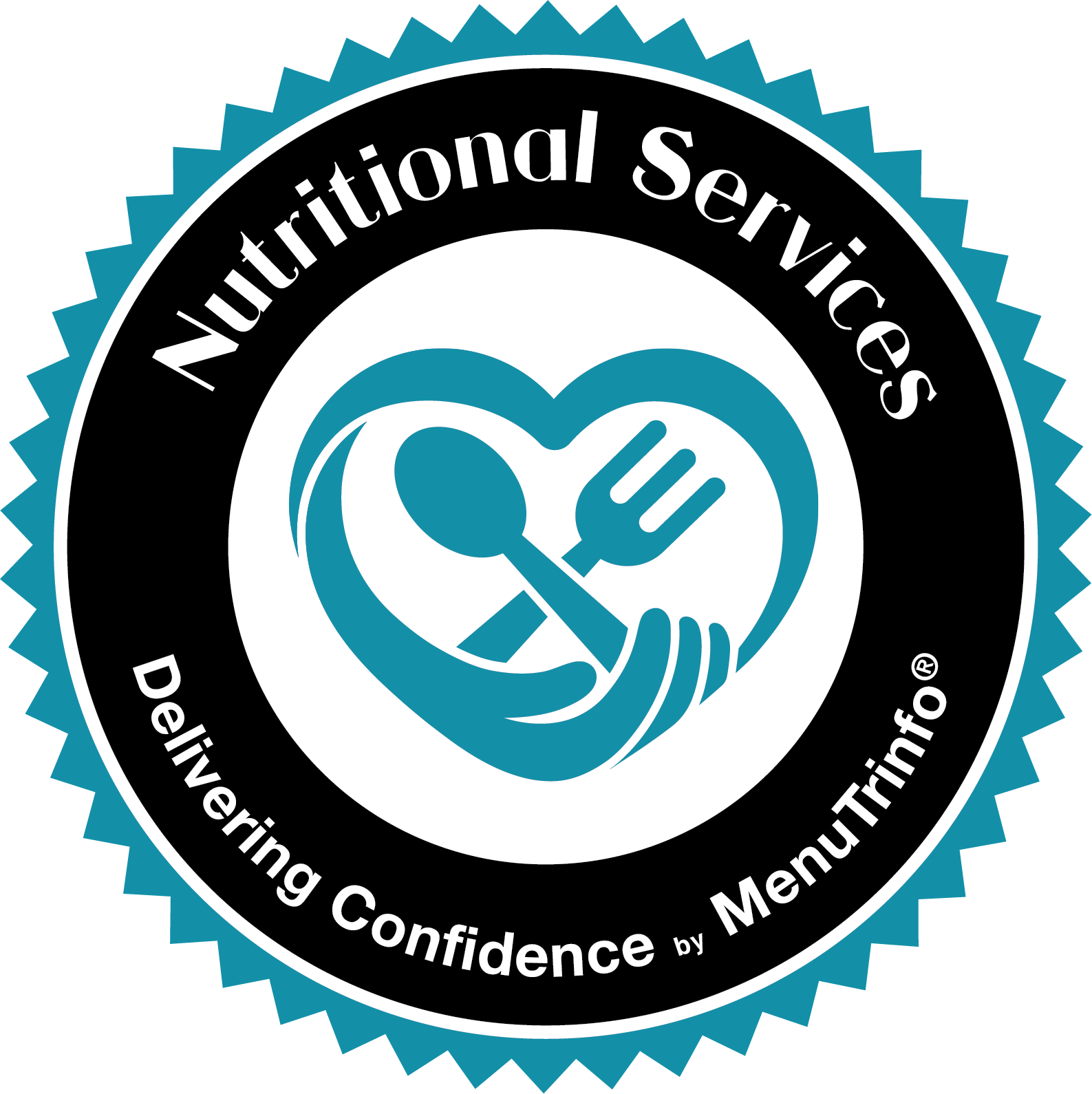The U.S. Food and Drug Administration (FDA) is making the foodservice industry scratch their heads over a question we never believed would be disputed: what constitutes a menu? This question was served alongside the Thanksgiving turkey as the end of November greeted the industry with new regulations for menu labeling. Within these regulations, the superstar phrase “menu or menu board” appeared so frequently, it caused everyone to reconsider what the term “menu” could encompass in the eyes of the FDA. Soon to expose the much talked about caloric information, the menu(s) must be clearly identified in your foodservice establishment in order to comply with FDA standards.
The final language of the law portrays menus in a way that encompasses several formats. According to the final ruling, a menu or menu board is “the primary writing of the covered establishment from which a customer makes an order selection, including, but not limited to, breakfast, lunch, and dinner menus; dessert menus; beverage menus; children’s menus; other specialty menus; electronic menus; and menus on the Internet.” It is important to remember that the definition is not limited to the examples listed above; flyers, take-out menus and drive-thru boards could be considered as menus or menu boards if they include things like price and a standard name or photo of the item.
The list of potential publications that could qualify as a menu is endless. Luckily, there are some standard questions to accurately detect if something is a menu or not. Begin by looking at each individual publication through the perspective of a customer and consider the following:
• Is this the primary source of food and beverage offerings?
• Can customers make their final meal decision based off the information provided?
• Is the price of the menu item listed?
• Is the name or photo of the standard menu item included?
If the answer was yes to any of the questions above, it is likely the material could be deemed as a menu. Remember, a foodservice establishment may offer more than one menu on which caloric information must be posted, so carefully review all materials. Don’t forget to look beyond the walls of the establishment to Internet menus, door hanger materials and drive-thru menus. Secondary items, such as pamphlets and advertisements that do not list menu items or prices and could not be used in making an order selection, do not qualify as menus and therefore do not require caloric postings.
From humble black and white printouts to Internet postings with animation, a broad scope of materials can qualify as a menu or menu board. Before November arrives next fall, remember to look beyond the traditional understanding of a menu to ensure you’re posting calorie values on all qualifying publications.
Don’t stress, if all of this confuses you or you don’t know where to begin call MenuTrinfo 888-767-6368 we can help your food service establishment stay compliant under these regulations.
You can read the exact definition of what constitutes a menu or menu board by clicking here.



